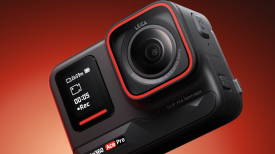Brushless gimbal stabilisers are everywhere these days. There are many available but popular designs from the likes of Freefly, DJI and others, but the all follow similar design principles. The main differences between them come in the operating systems and the quality, strength and fit of parts used. There are variations in design like the Letus Helix, which have some major design differences but still use many of the same underlying technologies.
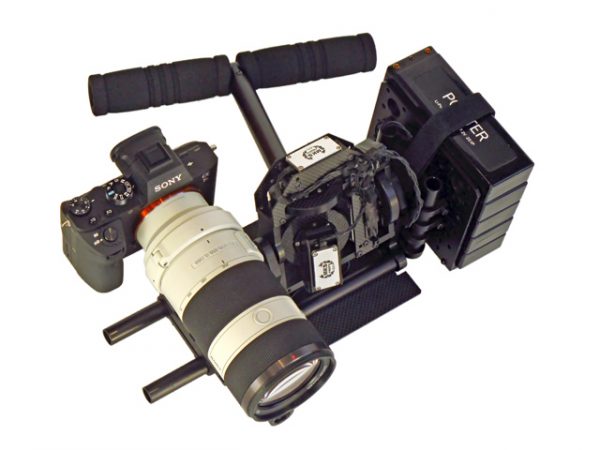
Newsshooter at NAB 2016: Pointer III gimbal from MyResearch.company from Chuck Fadely on Vimeo.
The POINTER III gimbal isn’t based around a frame, but rather has an compact, internal gimbal and stabilised platform. The biggest difference is that it is not based on conventional brushless motors that are directly driven, but on something called a force feedback servo drive. With it the designers aim to do a better job of isolating the camera platform from vibrations than current brushless gimbals. Those with long memories will recollect that early quadcopter gimbals used servos, not brushless motors, and it seems that the force servo system is a development born from that lineage.
A conventional brushless motor based gimbal works by measuring the actual position of the gimbal against where it is supposed to be, then correcting for it as quickly as possible. The POINTER III also does this, but it also measures the external forces acting on the gimbal as well and uses the information to improve the result.
This is how they describe the function of the gimbal – “Similarly to other stabilizers, the POINTER requires a position controller that monitors diversions from the set direction and corrects them. However, prior to making a correction, our stabilizer reduces the dependence between the unstable and stabilized parts. The F-Servo drives allow the unstable base to sway freely, while the stabilized part remains fixed. F-Servo not only creates torque, but also reacts to the force applied from outside. This is why the needed corrections end up being much smaller.”
They claim the result is nearly five times better than popular gimbals at eliminating vibrations.
The design of the POINTER III also tries to make sure that as little vibration as possible reaches the camera platform by using cleverly designed rotating joints to connect the stabilised parts to the base. In addition the inertial moment of the camera and platform is increased by using counterweights (in the approximate ratio of 2:1, camera to counterweight).
This may all seem complex, but it became clear that they were onto something when inventor and CEO Aleksej Zaicevskij demonstrated the POINTER III to us. He attached a Sony a7R II camera with a 70-200mm lens on it to the POINTER III, along with a laser pointer. He then aimed at a distant wall and then proceeded to dance around holding the gimbal. Zaicevskij then started actually hitting the grip of the gimbal to try and force it to loose position. Miraculously the laser dot didn’t move much at all on the wall. The image coming out of the camera was remarkably stable and quite tripod like – even though the lens was set at 200mm.
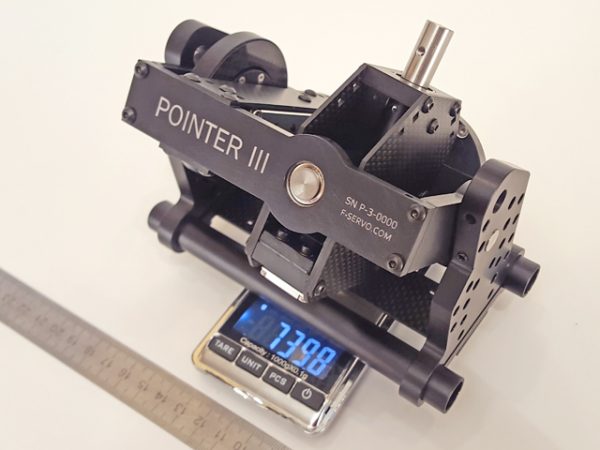
The design of the POINTER III can accommodate cameras up to 6kg. This means that it can take an a7R II, Sony 70-200mm f4 and three Lipo batteries (also acting as counterweight) – which should give the gimbal a whopping 48 hours of operation time.
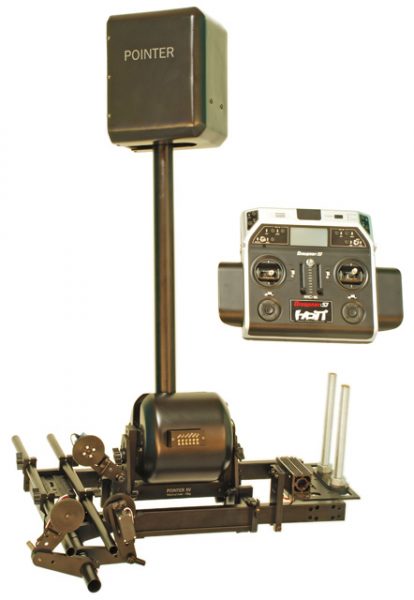
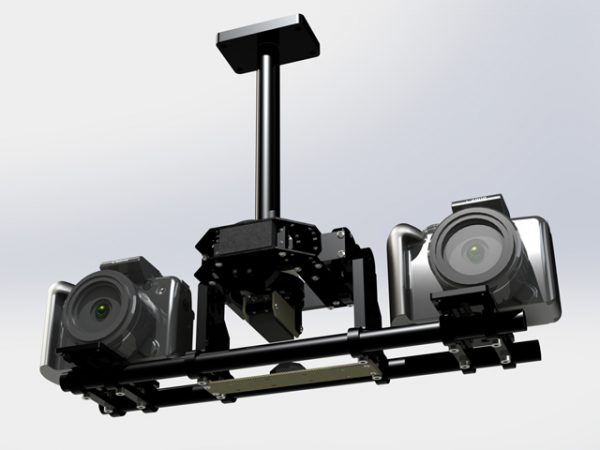
The technology still has a way to go before you’ll be able to easily buy it. Force Servo hope to have it on the market within one year but with a technology partner.
Published spec:
Max load – 6kg
Weight of the rotating unit only – 750g
Max rotation speed to be compensated -1500deg/sec
Tilt limitation – from -135 to +135 degrees
Roll tilt limitation – from -45 to +45 degrees
Panoramic rotation limitation – 300 degrees (720 degrees optionaly)
Average vibration transfer ratio – 0.001
Battery required – 2S Li-Po 7.2V
Average consumption – 0.2 .. 1A
Maximal consumption – 7A
Usual noise lewel – 31dBa
Max noise lewel – 59dBA
For more info you can check out the F-Servo website.



